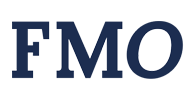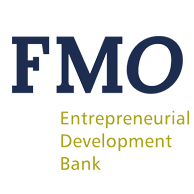The Green Bond market is growing rapidly – in 2014, issuances were over US$35 billion, more than three times higher than the US$11 billion issued the year before. The 2014 amount has been surpassed in 2015 to-date, with almost US$40 billion in new green bond issuance.
The overall goal of the Green Bond market is to help mobilize private sector financing for sound climate- and environmentally-sustainable investments and help enhance transparency of environmental finance.
Today’s proposal aims to outline a harmonized framework for impact reporting on projects to which green bond proceeds have been allocated. This work, which summarizes the conclusions of an informal working group of eleven International Financial Institutions 1) , reflects requests by the investor community, and has been welcomed and encouraged in the 2015 update of the Green Bond Principles - voluntary process guidelines that recommend transparency and disclosure and promote integrity in the development of the Green Bond market.
The Green Bond Principles “acknowledge that there are currently no established standards for impact reporting on Green Projects, and welcome and encourage initiatives, including those by leading green bond issuers, that help establish a model for impact reporting that others can adopt and/or adapt to their needs. Until more harmonization is achieved, transparency is of particular value, including disclosure of methodologies and key underlying assumptions.”
The document outlines core principles and recommendations and proposes core indicators for two sectors - energy efficiency and renewable energy - as well as reference reporting templates, in order to provide issuers with a reference as they develop their own reporting.
This document does not, at this stage, cover impact reporting on projects outside the energy efficiency and renewable energy fields. However, the involved IFIs acknowledge the importance of harmonization also for such projects, and plan to develop additional suitable indicators for these other types of projects in the future.
1) African Development Bank (AfDB), Agence Française de Développement (AFD), Asian Development Bank (ADB), European Bank for Reconstruction and Development (EBRD), European Investment Bank (EIB), Inter-American Development Bank (IDB), International Bank for Reconstruction and Development (IBRD), International Finance Corporation (IFC), Kreditanstalt für Wiederaufbau (KfW), Nederlandse Financierings-Maatschappij voor Ontwikkelingslanden (FMO), and Nordic Investment Bank (NIB).

